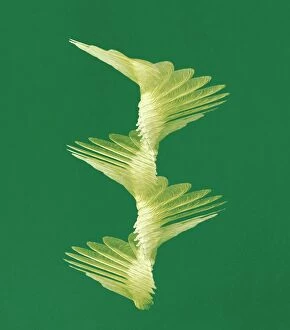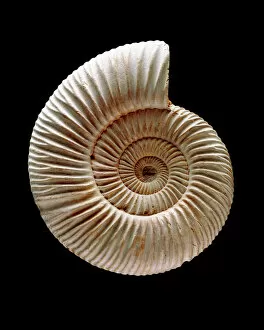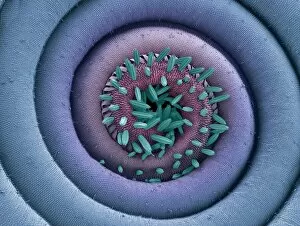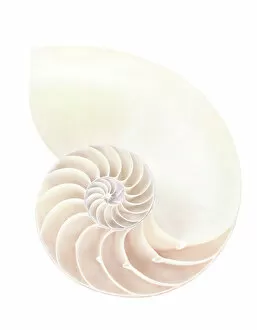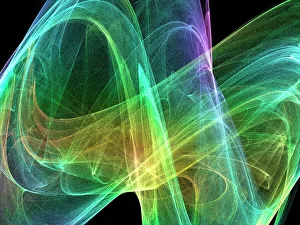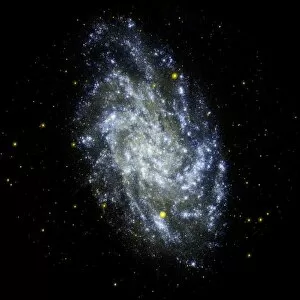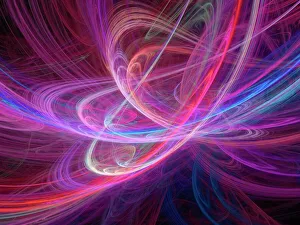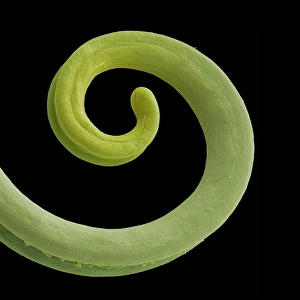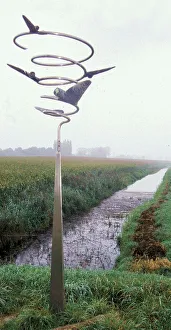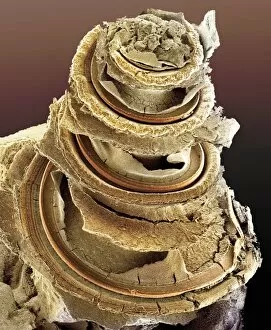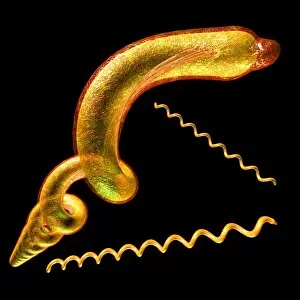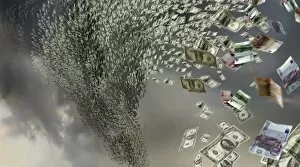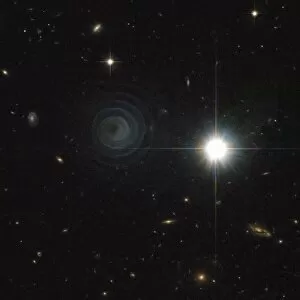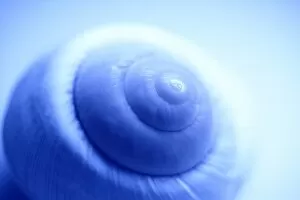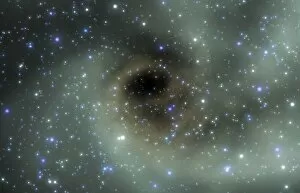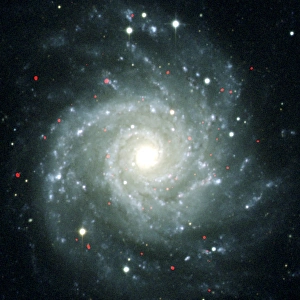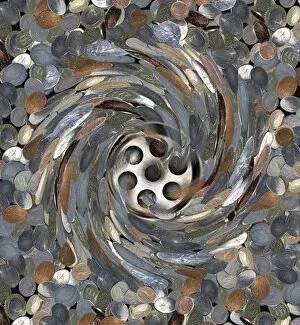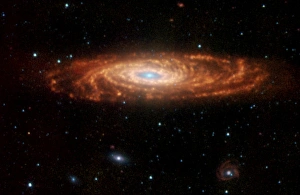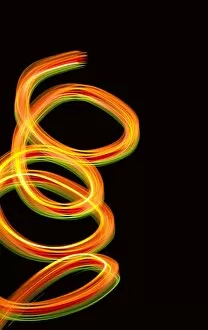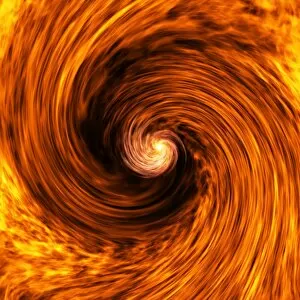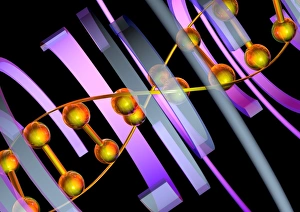Spiralling Collection
"Spiralling: Unveiling the Mysteries of Nature's Dance" Nature's intricate choreography unfolds as we explore the captivating phenomenon of spiralling
All Professionally Made to Order for Quick Shipping
"Spiralling: Unveiling the Mysteries of Nature's Dance" Nature's intricate choreography unfolds as we explore the captivating phenomenon of spiralling. From the mesmerizing flight path of a maple seed to the enigmatic pull of a black hole, this captivating journey takes us through various realms. Delicate and precise, like an artist's brushstroke, a moth proboscis under SEM reveals its spiral structure. As if guided by artificial intelligence, nature creates breathtaking artwork that mirrors our own human creations. The ammonite and nautilus shell showcase Mother Earth's ancient fascination with spirals—a testament to their timeless allure. Just like celestial bodies trapped in cosmic whirlpools, these shells echo the mysteries hidden within black holes. Intriguingly chaotic yet harmonious, strange attractor artwork draws us into its hypnotic embrace. Much like how galaxies such as Triangulum (M33) gracefully spin through space-time, chaos waves ripple across artistic landscapes. Zooming closer into nature's canvas reveals unexpected beauty—an intricate grape tendril captured under SEM unveils its elegant spiral architecture. It reminds us that even in small details lies profound complexity waiting to be discovered. Spiralling is not just a physical phenomenon; it symbolizes life itself—ever-evolving and constantly moving forward while leaving traces behind. Whether it be in science or art, spirals captivate our imagination and remind us of the interconnectedness woven throughout existence. So let us embark on this enchanting voyage where we unravel secrets held within spirals—where maple seeds dance on air currents and black holes devour light—to witness nature’s symphony unfold before our eyes.

